
You can spot these snacks on shelves today, but most of their backstories stretch far before barcode scanners were even in grocery stores. Here’s a crunchy, sweet, salty, and even sour stroll through the brands that still rule lunchboxes today.
Cracker Jack (1896)
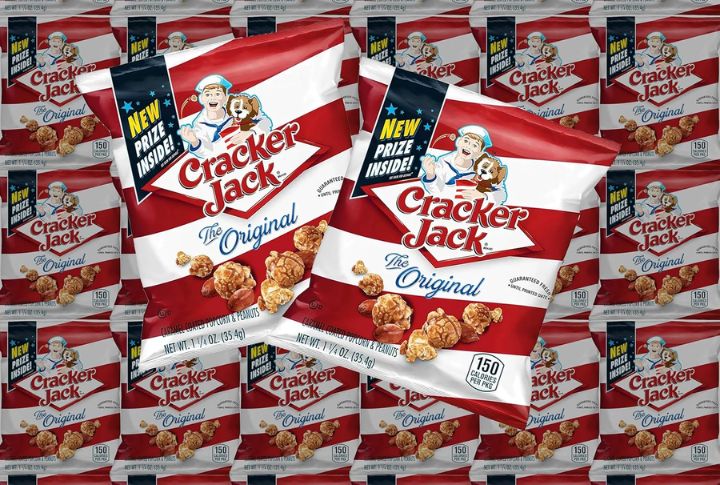
Cracker Jack was introduced at the 1893 World’s Fair in Chicago by combining molasses-coated popcorn and peanuts into a popular new snack. In 1912, it became the first snack to offer a prize in every box. Its baseball association grew through the song “Take Me Out to the Ball Game.”
Hershey’s Bar (1900)
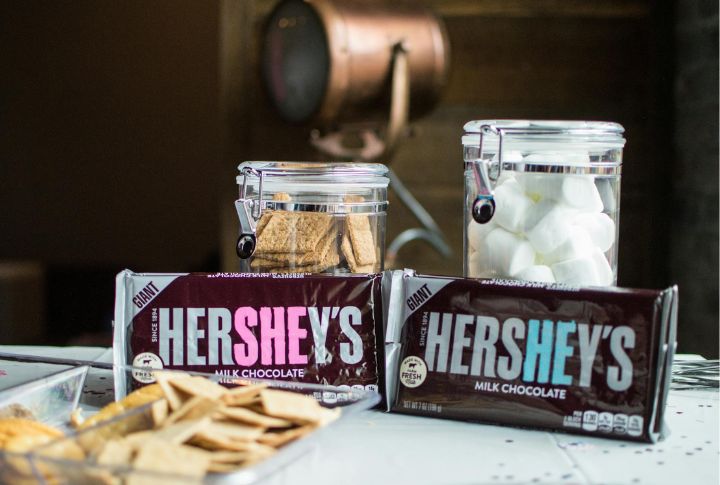
Before Hershey, milk chocolate was a European luxury. Milton Hershey made it American. His 1900 bar was affordable and ready for mass production. It became the everyday chocolate carried by soldiers in war and kids in backpacks. Its simplicity made it timeless, while its consistency made it iconic.
Oreo (1912)
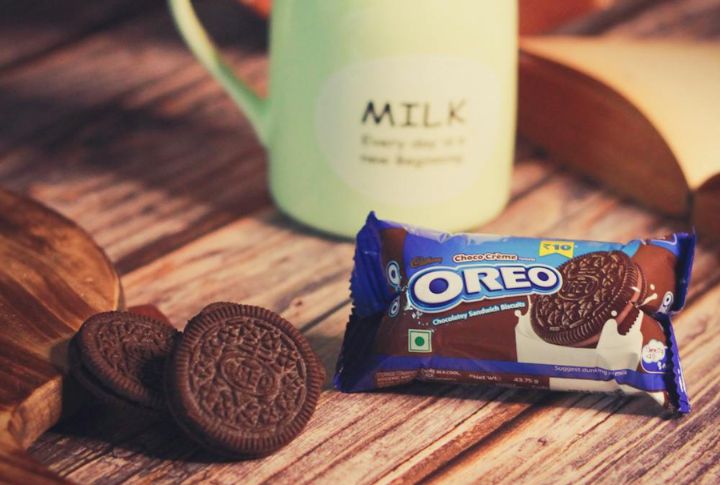
Launched in New York City, the Oreo was created by the National Biscuit Company, later known as Nabisco, to compete with a cookie called Hydrox. It quickly became more popular. Elegant early designs, a twist-and-lick ritual, and innovative packaging helped the Oreo earn its lasting place on shelves.
Planters Peanuts (1906)
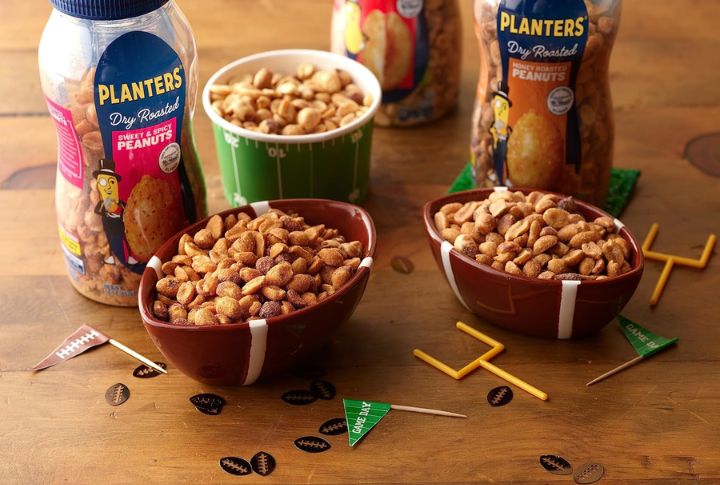
Amedeo Obici, an Italian immigrant, founded Planters in Pennsylvania. He introduced vacuum-sealed freshness and branded peanuts with charm. Mr. Peanut, the monocled mascot, debuted in 1916 and became a symbol of snack sophistication. By WWI, Planters had turned a simple legume into a patriotic staple.
Baby Ruth (1921)
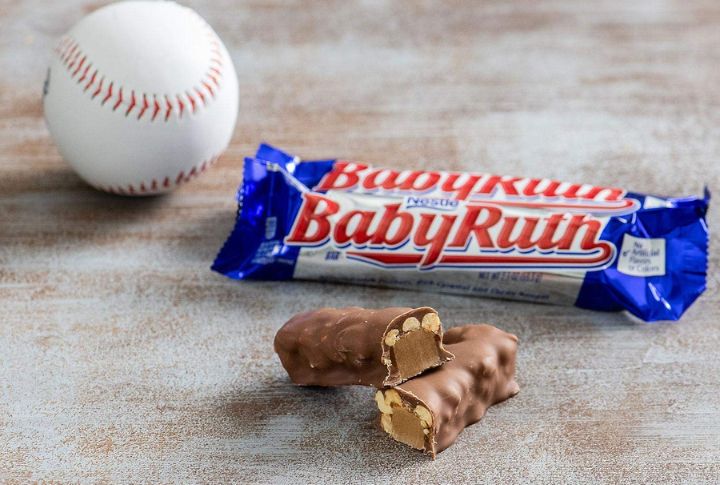
Curtiss Candy Company named the bar not after Babe Ruth but President Cleveland’s daughter, Ruth—or so they claimed. Regardless, its blend of nougat, peanuts, caramel, and milk chocolate coating made it a hit. Clever stunts like parachuting bars over cities helped cement its legend in American candy lore.
Hostess Cupcakes (1919)
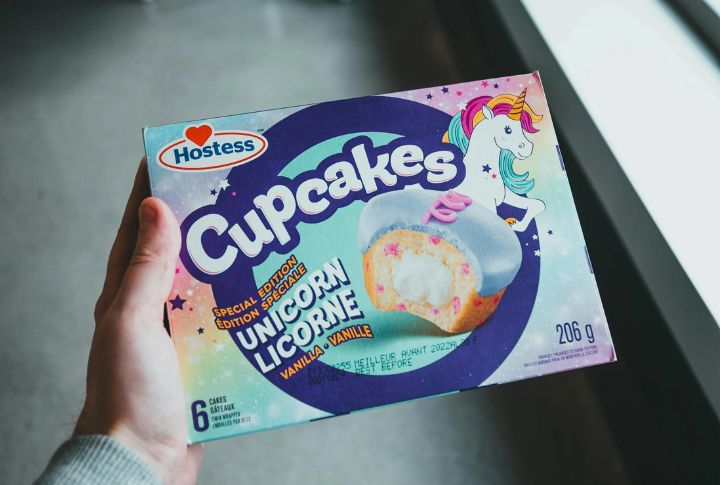
This iconic two-bite dessert became a lunchbox legend, with its individually wrapped format suiting America’s growing need for convenience. The original Hostess Cupcake debuted in 1919, long before it wore its famous white squiggle. It gained a cream filling in 1950, which added even more appeal to its loyal following.
Lay’s Potato Chips (1932)
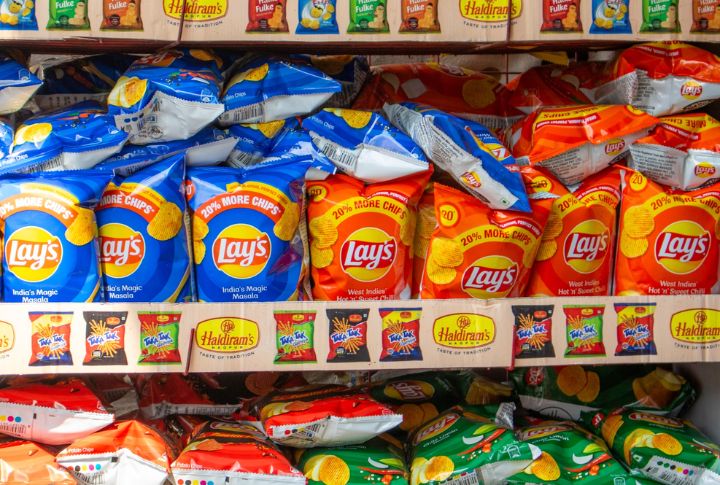
Herman Lay began selling chips from his car trunk during the Great Depression. By 1938, his small operation had grown into a booming business. Lay’s became the first nationally marketed chip brand and the first to run a TV ad in its category, one that declared, “Betcha can’t eat just one.”
Twinkies (1930)
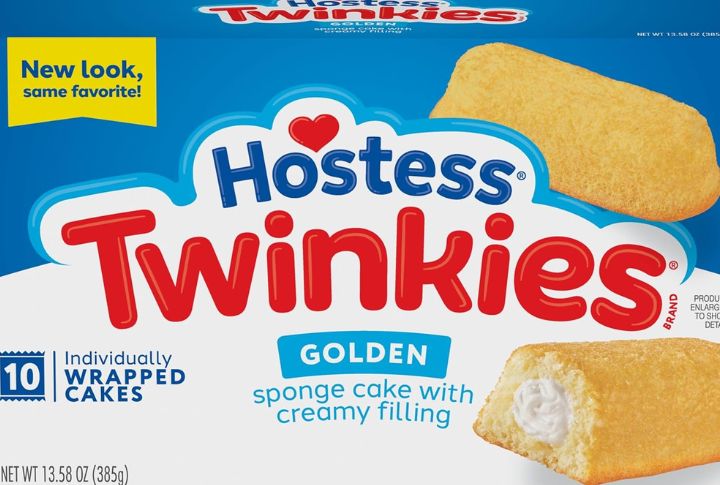
Invented by James Dewar in Illinois, the original Twinkie was banana-flavored. Due to wartime rationing, the vanilla filling replaced the stuck banana. Twinkies weathered changing ownership and even a brief discontinuation in 2012. Yet they bounced back to prove nostalgia often trumps nutrition in America’s snack aisle.
Ritz Crackers (1934)
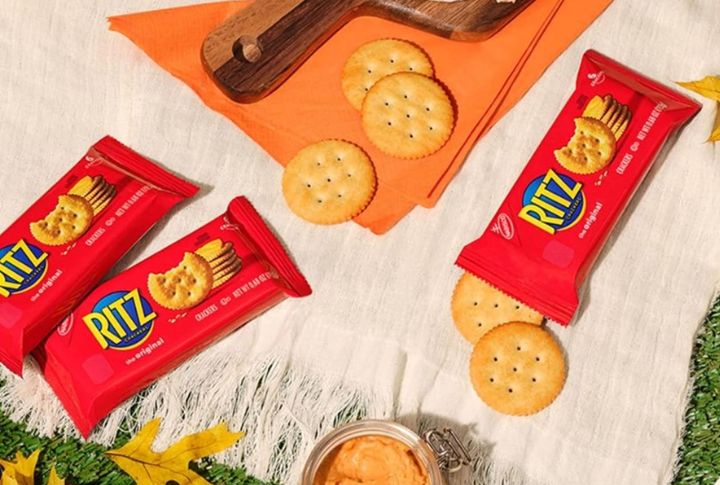
With its buttery texture and golden color, Ritz Crackers symbolized attainable luxury. Nabisco named it “Ritz” to evoke sophistication—clever branding that helped make it a household staple for decades. It launched during the Great Depression to offer affordable elegance at just 19 cents a box.
Snickers (1930)
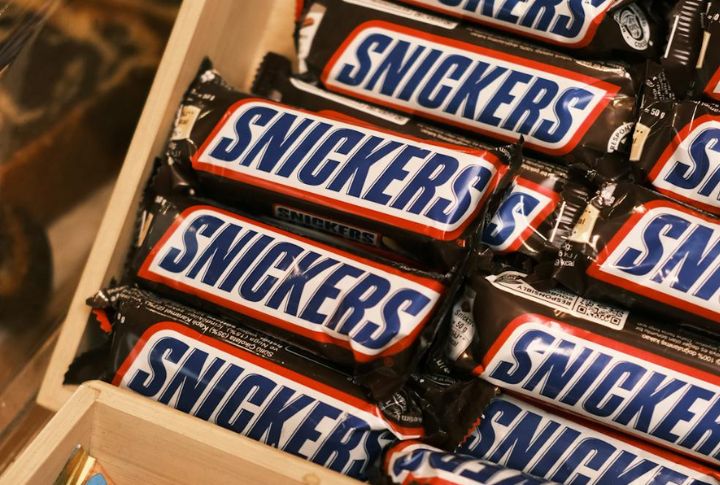
Named after a favorite horse owned by the Mars family, Snickers combined nougat, caramel, milk chocolate, and peanuts under a milk chocolate shell. It debuted in 1930 and quickly became a bestseller. The brand later mastered global marketing and slogan-driven ads to secure its spot as one of the top-selling candies.
M&M’s (1941)
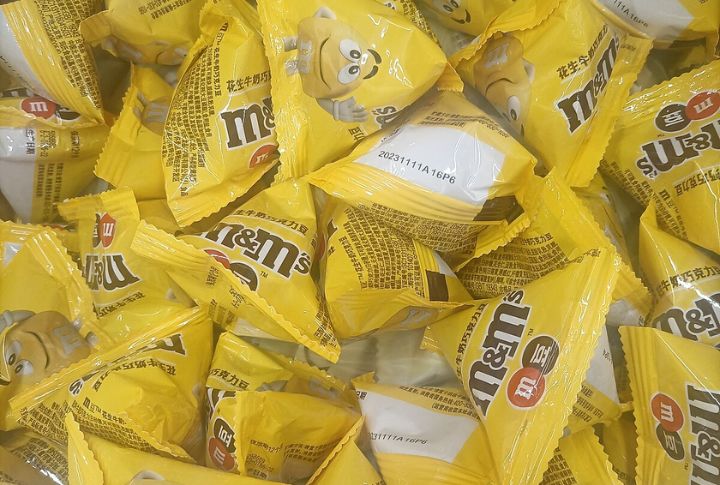
Inspired by chocolate pellets given to soldiers during the Spanish Civil War, M&M’s were developed for the U.S. Army. The candy coating prevented melting. Mars launched them in 1941, initially selling only to service members. They soon exploded in popularity by becoming a staple of postwar American snacking.
Cheez-It (1921)

Introduced by Green & Green Company in Ohio, Cheez-It hit shelves in 1921. The cracker’s salty, toasted flavor and one-inch square shape stood out. Sunshine Biscuits later acquired the brand, followed by Kellogg’s. Its crisp texture and lunchbox portability have helped it endure across generations.
Fritos (1932)
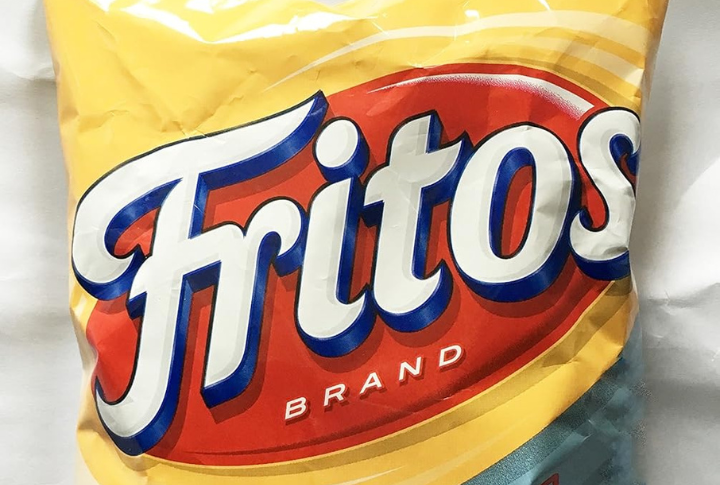
In 1932, C.E. Doolin bought a corn chip recipe from a small San Antonio cafe and began frying batches in his mother’s kitchen. The snack caught on quickly. Fritos became a national brand, later merging with H.W. Lay & Company. Its salty crunch defined American post-lunch snacking back in the day.
Pepperidge Farm Cookies (1937)
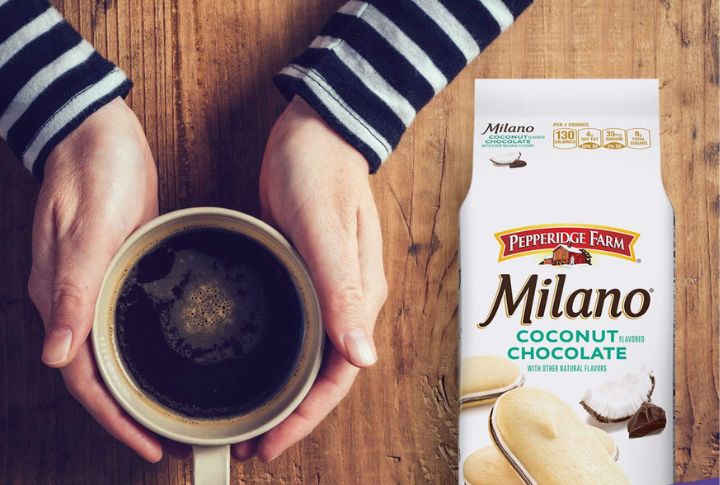
Pepperidge Farm first rose to prominence for its wholesome bread, baked by founder Margaret Rudkin for her son. But in the 1950s, the company found a second calling: cookies. European-style varieties like Milano and Brussels, with elegant packaging and refined flavors, brought upscale charm to American shelves.
Goldfish (1962)
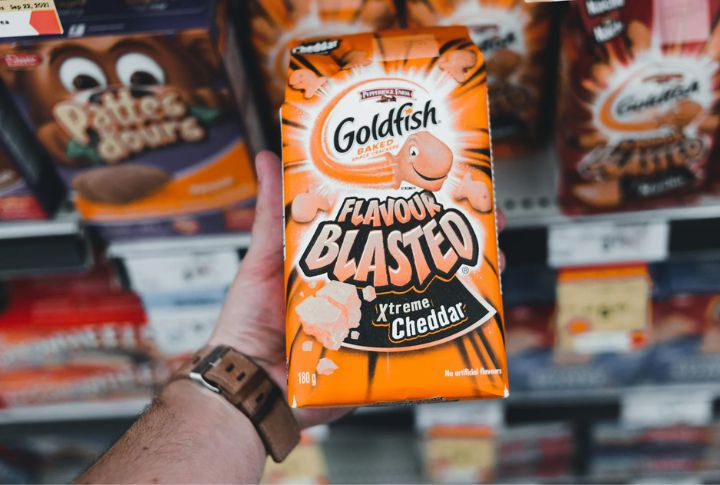
Created in Switzerland, Goldfish were brought to the U.S. by Pepperidge Farm founder Margaret Rudkin. First marketed as a cocktail snack for adults, they soon gained traction with kids. Their smiling shape and kid-friendly image made them a long-lasting favorite in family snack cupboards.
Pop-Tarts (1964)
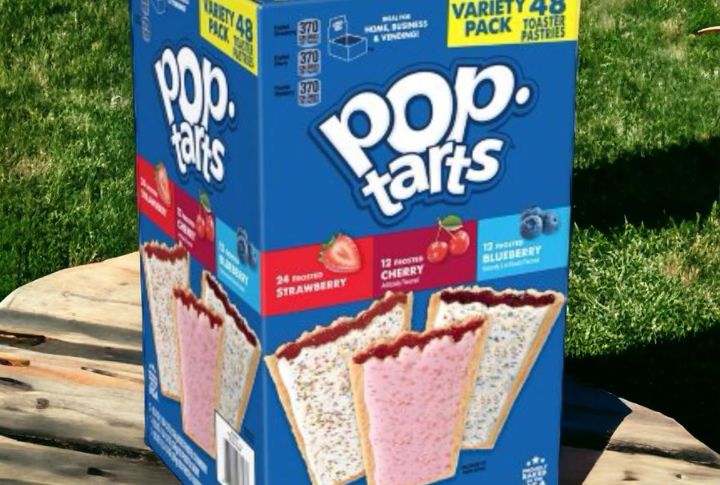
Kellogg’s introduced Pop-Tarts in 1964 as a shelf-stable alternative to toaster strudels. They were originally unfrosted and came in four fruit flavors. The concept of grab-and-go pastries you could toast or eat straight from the package. By the 1970s, frosted versions had taken over morning routines nationwide.
Doritos (1966)
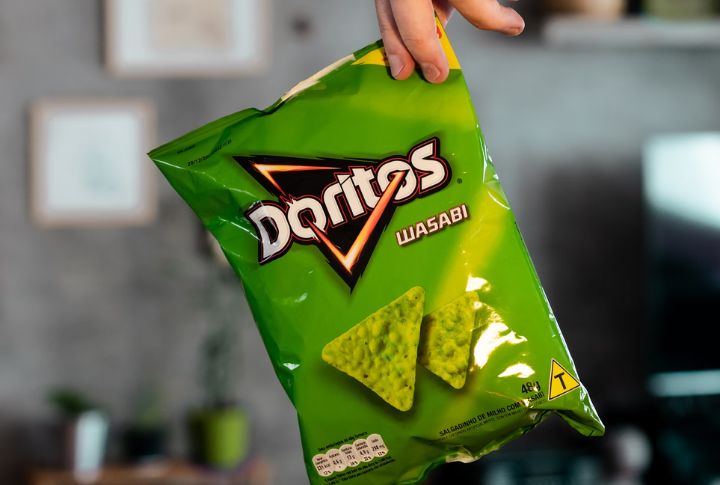
Did you know fried tortilla scraps inspired Doritos at Disneyland’s Casa de Fritos? They began as unseasoned chips, later flavored with taco seasoning and nacho cheese. Whether you licked the cheese dust off your fingers or devoured them by the bag, Doritos quickly became a cultural staple.
Pringles (1968)
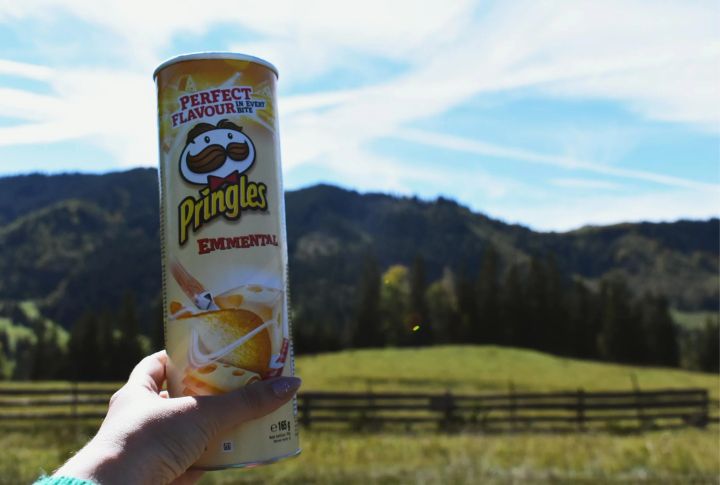
Pringles debuted in 1968 after years of research to solve a common complaint: broken chips and greasy hands. With uniform stacking and a curved shape engineered for crunch, they looked and felt futuristic. The formula defied convention and sparked a debate over whether they were even “chips.”
Slim Jim (1929)

First created in Philadelphia in 1929, Slim Jim started as a spiced sausage for bar patrons. ConAgra later refined the snack into its modern, shelf-stable form. Its chewy texture, peppery taste, and bold marketing—”Snap into a Slim Jim!”—made it a gas station staple, and it has stayed that way.
Tostitos (1979)
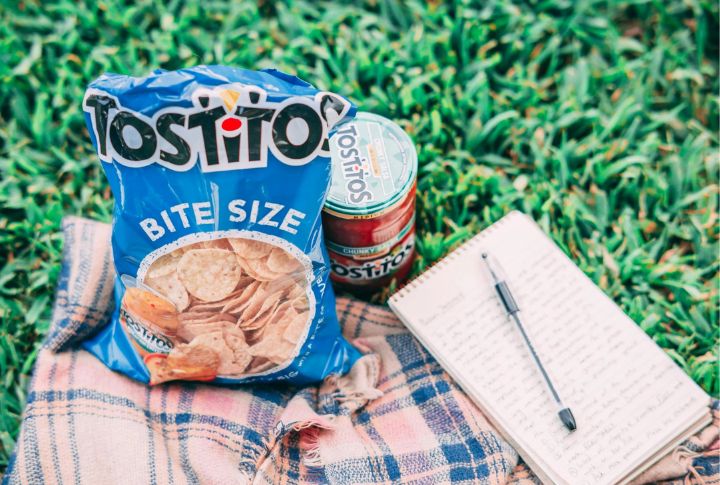
Tostitos joined the Frito-Lay lineup in 1979 to offer a more traditional, restaurant-style tortilla chip. Their rounded shape and lightly salted taste made them ideal for dipping. Paired with jarred salsa or queso, Tostitos helped introduce the idea of casual, shareable snack moments to millions of households.
Leave a comment